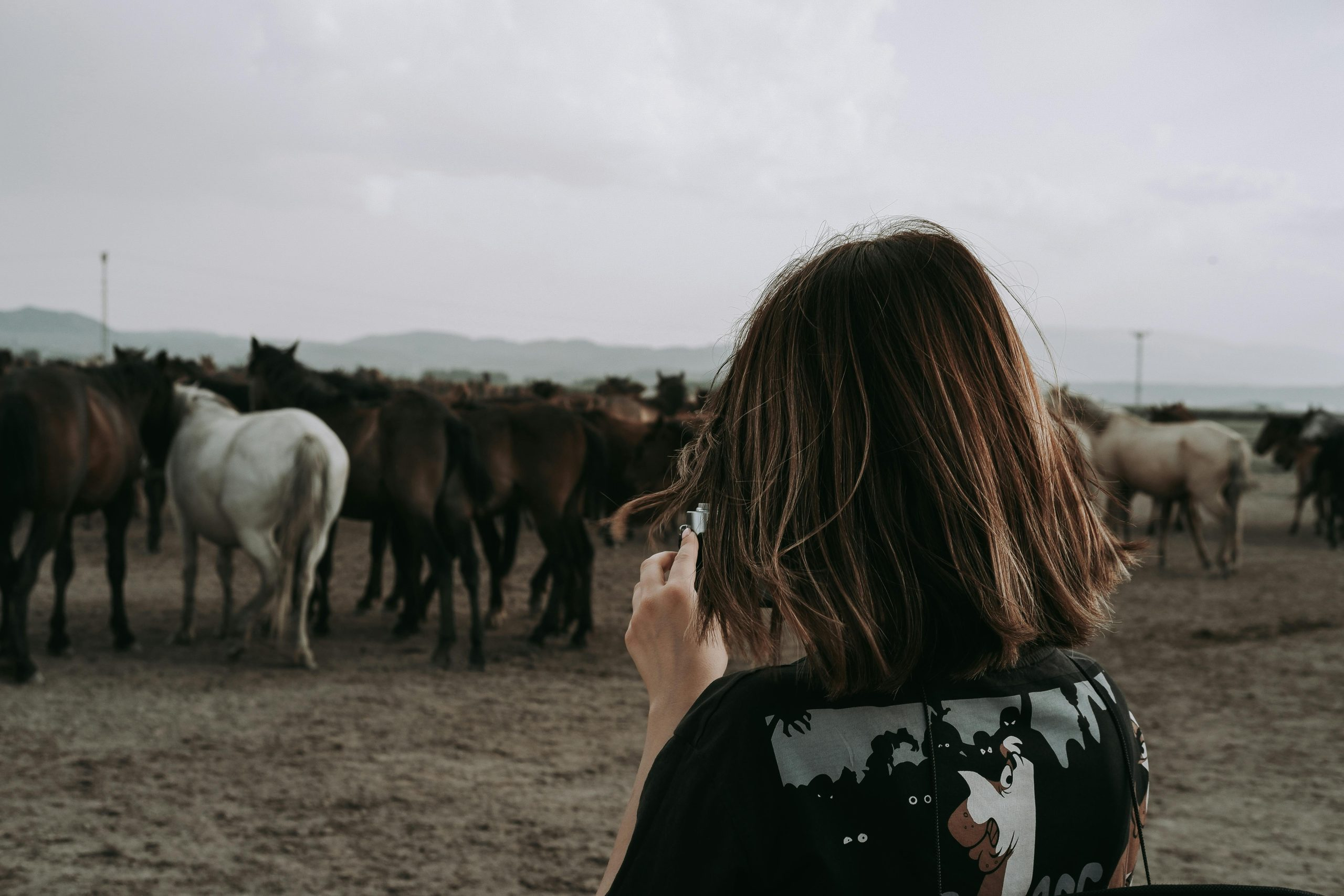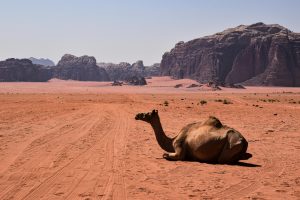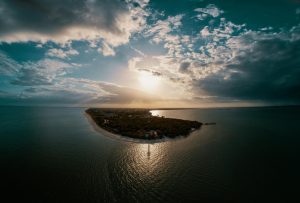Photographing Wildlife Without Leaving a Trace
Wildlife photography is a fascinating and challenging field that allows us to capture the stunning beauty of our natural world. However, it is also important to be mindful of our impact on the environment and the animals we photograph. As responsible photographers, we must strive to minimize our footprint and leave no trace while capturing these magnificent creatures in their natural habitat. In this article, we will explore how we can photograph wildlife without leaving a trace, ensuring the safety and well-being of both the animals and the environment.
The Ethics of Wildlife Photography
Before we dive into the techniques and tools for photographing wildlife without leaving a trace, it is essential to understand the ethical principles that should guide our behavior as wildlife photographers. First and foremost, we must always prioritize the well-being and safety of the animals. This means respecting their behavior, keeping a safe distance, and never interfering with their natural habitat or activities.
Furthermore, we must also prioritize the conservation of the environment. Our actions, no matter how small, can have a significant impact on the delicate balance of ecosystems. As such, it is our responsibility to minimize our footprint and leave no trace while photographing wildlife.
Preparing for Your Wildlife Photography Trip
Proper preparation is crucial when it comes to photographing wildlife without leaving a trace. Before you head out on your trip, make sure you have all the necessary equipment and supplies. This includes a good quality camera, lenses, and any other gear you may need. It’s also essential to research the area and the species you plan to photograph to ensure you have the right gear and know their behavior.
When packing for your trip, be mindful of the impact of your items on the environment. Avoid single-use plastics and try to minimize waste as much as possible. You can also consider using renewable energy sources for charging your batteries, such as solar panels, to reduce your carbon footprint.
Techniques for Photographing Wildlife Without Leaving a Trace
1. Use Natural Camouflage
One of the best ways to photograph wildlife without disturbing them is to blend in with the environment. This means dressing in neutral and natural colors, avoiding loud or bright patterns, and using natural camouflage if necessary. You can also utilize natural elements such as bushes or trees to conceal yourself while photographing.
2. Observe and Respect the Animals’ Behavior
Avoid approaching wildlife too closely or too quickly, as this can startle them and lead to unnecessary stress. Instead, take the time to observe their behavior and movements and use this knowledge to anticipate their actions and capture the perfect shot from a safe and respectful distance.
3. Be Mindful of Your Presence
Remember that we are visitors in the animals’ territory, and it’s crucial to be mindful of our presence. Avoid making loud noises, sudden movements, or leaving behind any waste or traces of our visit. Be aware of your surroundings and respectful of the animals’ space.
4. Use Telephoto Lenses
Telephoto lenses are a photographer’s best friend when it comes to wildlife photography. These powerful lenses allow you to capture stunning close-up shots without physically getting too close to the animals. This not only minimizes your impact on their environment but also ensures your safety.
5. Practice Patience
Patience is key in wildlife photography. It may take some time to get the perfect shot, but it’s worth it to ensure the well-being of the animals and the environment. Instead of chasing after the animals, take your time and let them come to you. This will not only result in better photos but also build trust with the animals.
Taking Care of the Environment
Caring for the environment goes beyond just leaving no trace while photographing. It’s also essential to be mindful of your actions and their impact on the environment. Be mindful of any potential harm, such as damaging plants or disturbing nesting areas, and be sure to clean up after yourself before leaving.
You can also take this a step further by joining and supporting conservation efforts and organizations that work towards protecting wildlife and their habitats. Additionally, you can use your photography to raise awareness and educate others about the importance of conservation and responsible wildlife photography.
In Conclusion
Photographing wildlife without leaving a trace is not only necessary for the well-being of the animals and the environment but also a matter of ethics for responsible photographers. By following these simple techniques and being mindful of our actions, we can enjoy the beauty of wildlife photography without causing any harm. Let’s all strive to be responsible photographers and do our part in preserving the wonders of our natural world.











